Everyone knows firsthand that if you leave food in a warm room temperature for a long time, then white mold with a rough surface appears on the food, from which an unpleasant odor emanates. This mold is called mushroom mucor. It can be found not only on products, but also on soil and various residues of organic origin.
Mucor refers to mushrooms that can have a negative effect on the human and animal organisms and cause diseases. Despite this, it is often used for the production of antibiotics, starter cultures and fermented foods. The second name of the microorganism is white mold.
Content
Characteristic features of mold fungus
Mucor belongs to the group of lower molds from the zygomycete class. This class consists of 60 species. A distinctive feature of mucor is the absence of partitions in the non-cellular structure of the mycelium.
Like other fungi, mold has mycelium, which is represented by a large undifferentiated cell that has a large number of nuclei in the cytoplasm. Partitions in the cell are formed during the reproduction period. This contributes to the separation of sporangia - reproductive organs.
Mold is unpretentious, therefore it can appear and grow anywhere. The main condition for the appearance is nutrients, moist and warm air. Experts say that in the presence of all the necessary conditions, mucor can appear even in buildings between bricks or concrete.
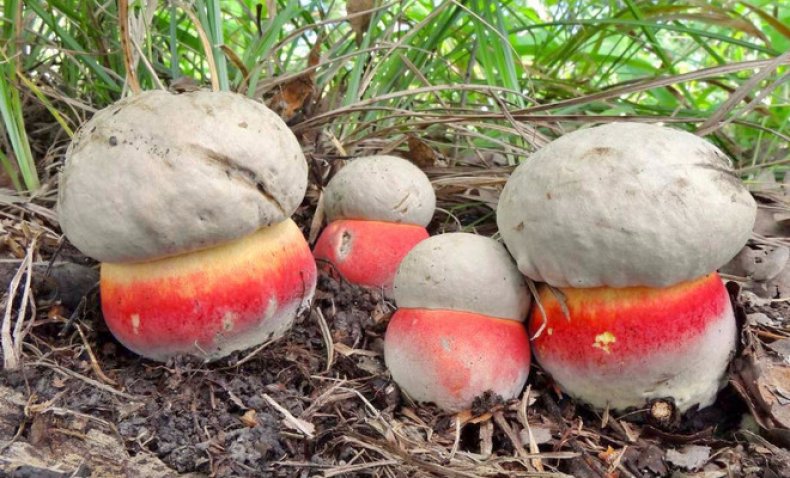 You may be interested in:
You may be interested in:In case of adverse conditions, the spore is covered with a protective capsule, metabolic processes slow down and the body can exist in this form until the conditions for the resumption of life. Mukor was discovered by historians during excavations of the tombs of Egyptian pharaohs, which proves its widespread occurrence.
Appearance and photo
The appearance of mucor depends entirely on the stage of development. At the initial stage, it has the appearance of a white gun, which is why it was called "white mold". The length of the gun depends on environmental conditions.

With active growth, the number of sporangia at the ends of the gun increases, which gives the body a grayish tint. A mature organism has a black color. How such a mushroom looks can be seen in the photo.
The structure of the mushroom
A detailed study of the structure of white mold is possible only under a microscope. The main part of the fungus is called mycelium, which has the appearance of a cell with branches and a large number of nuclei. Hyphae, which are responsible for the fixation of the body in the substrate, are integral structural parts.

Hyphae are represented by thin strings, mainly of white color, which become thinner with respect to the periphery. What everyone sees with the naked eye is called a colony, which consists of thin hairs - sporangios. These structures are responsible for the reproduction of the body and grow out of the body. The size of sporangien bearers depends on the conditions, they can reach up to 2-3 cm in height. During the breeding season, a box with spores appears at the end of each villus.
Breeding
Reproduction of mucor can occur in two ways - sexual and asexual:
- The asexual route is possible due to the presence of spores that form in boxes on the tops of sporangios. A feature of this type of reproduction is that spores are carried by the wind, which explains the wide distribution of the species.
- Reproduction by sexual means occurs in the absence of conditions comfortable for the microorganism. When there are not enough organic substances in the substrate in which the fungus is fixed, the hyphae begin to approach each other. Their connection occurs at the level of sexual reproduction structures - gametangia. In gametangia due to their structure, the formation of germ cells - gametes, the combination of which leads to the appearance of a diploid zygote.
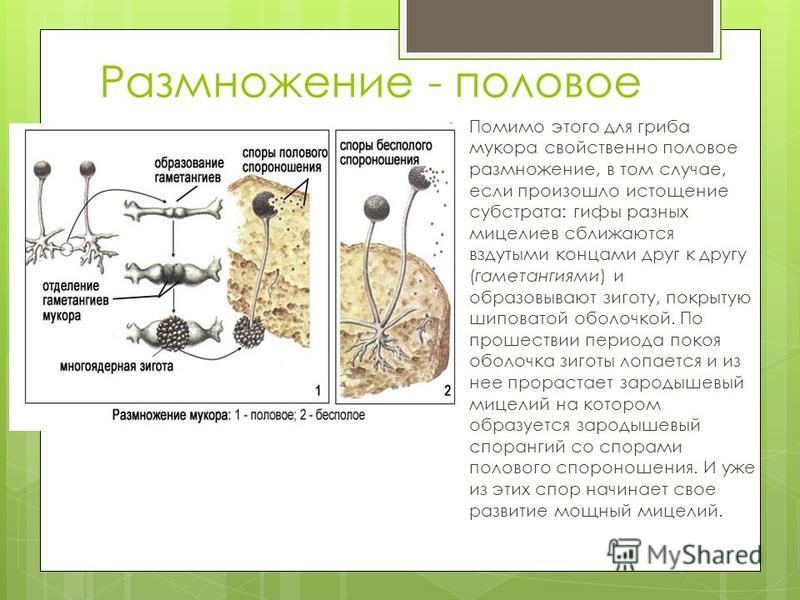
Sexual reproduction From the zygote, a mature organism subsequently develops, which goes through all stages of development, which can only be examined under a microscope. In the process of reproduction, hyphae of different mushrooms can take part. Such reproduction will be called heterotallic. With homotallic reproduction, hyphae of only one mycelium are used.
 You may be interested in:
You may be interested in:Food
According to the type of nutrition, mucor belongs to heterotrophs, that is, it is not able to synthesize organic substances from inorganic ones. For proper nutrition, the body needs a high coefficient of humidity, heat, the presence of oxygen and ready-made organic substances.
In this regard, mold appears in places with a large number of undecomposed residues of plant origin - food, manure. Also, this species can be attributed to saprotrophic organisms, since they are characterized by the extraction of organic substances from dead material. High-calorie foods such as potatoes, flour products, fruits attract white mold.
Useful properties and scope
Mold has about 60 species that are widely used in various fields of human activity. In the food industry, mucor is used to make famous types of cheese, such as tofu and tempeh. These cheeses are prepared on the basis of starter mushroom.
In Italy and Spain, which are famous for the abundance of meat products, white mold is used for the production of sausages. So, for a month, sausage is stored in a cool dark place under a layer of mold, after which the products are processed, and after a few months they go to store shelves.
Often a mushroom is used to produce potato alcohol. Such its use is based on the activity of fungal enzymes. It is also used in the production of dairy products. Mucor is considered a valuable material in medicine, where an antibiotic, ramicin, is obtained from it.
 You may be interested in:
You may be interested in:Due to the wide scope of the use of mucor, it is grown in special laboratories. To do this, create a favorable living environment in a separate container, for example, moisten a piece of bread. Then the container is isolated and tightly covered. The container with the substrate is placed in a warm place with a temperature of at least 20 degrees, where, after a couple of days, fungal colonies begin to grow.
The danger of mucor to living organisms
Despite the beneficial properties of the fungus, it remains dangerous not only for human health, but also for animals. Mucor is the causative agent of mucoromycosis. This is a disease that affects several systems of the human body at once and has a toxic effect on it.
Symptoms of mucoromycosis are:
- fever;
- malaise, headache;
- puffiness and hyperemia of the skin;
- discomfort and pain in the muscles of the face;
- visual analyzer malfunctions;
- sputum with streaks of blood, which indicates lung damage;
- acute lower back pain, which is a symptom of kidney damage.
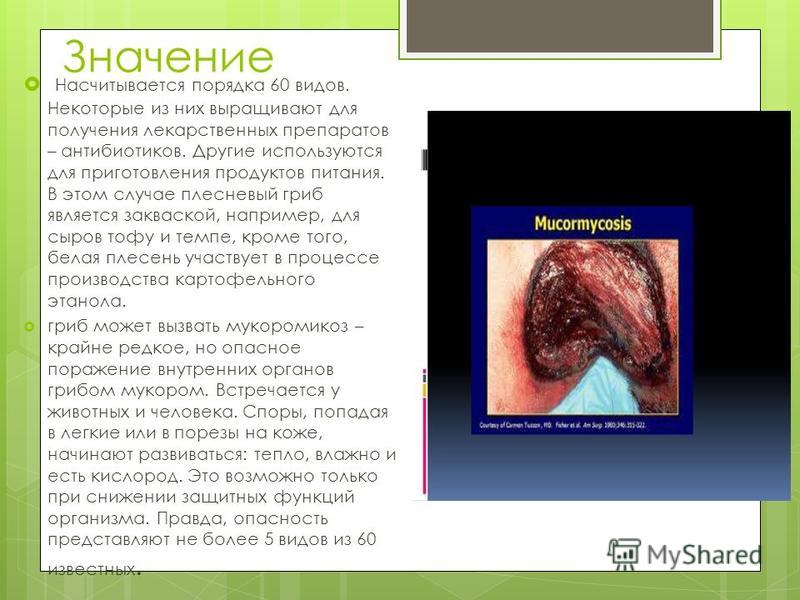
An accurate diagnosis is made by the doctor after a series of biochemical studies. The most commonly diagnosed rhinocerebral type of disease. The penetration of the pathogen into the body occurs when its spores are inhaled from the infected air, and infection is also possible when the damaged skin comes in contact with mold. People with diabetes and neutropenia, weak immunity are at risk of infection.
As for animals, infection is possible when animals use infected food. The disease has three forms - cerebral, intestinal and pulmonary.
Answers to widespread questions
Consider the most frequently asked questions about mucor:
Mucor, or mold, is a microorganism that forms on products when stored improperly, as well as in places with high levels of humidity and temperature. This species is often used in the food industry and medicine, but it is also the causative agent of a dangerous disease - mucoromycosis.

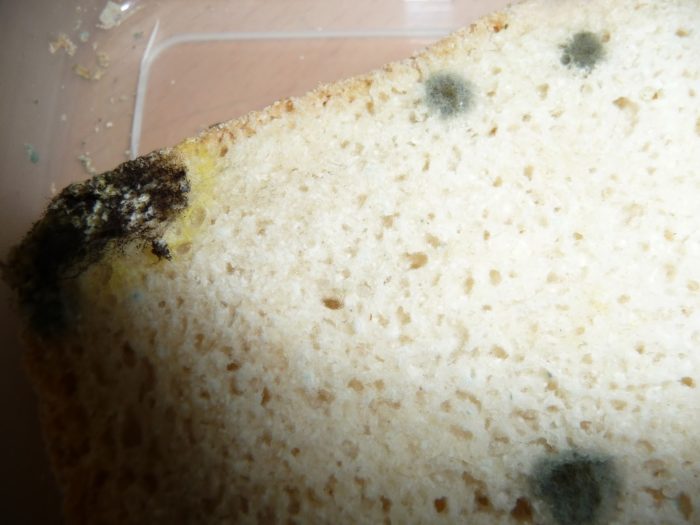
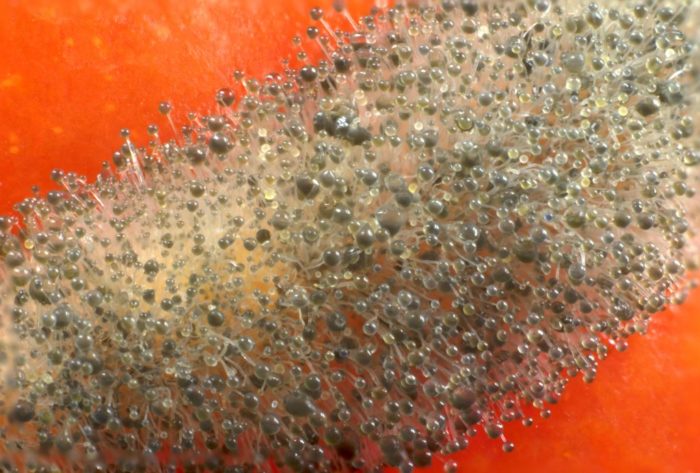
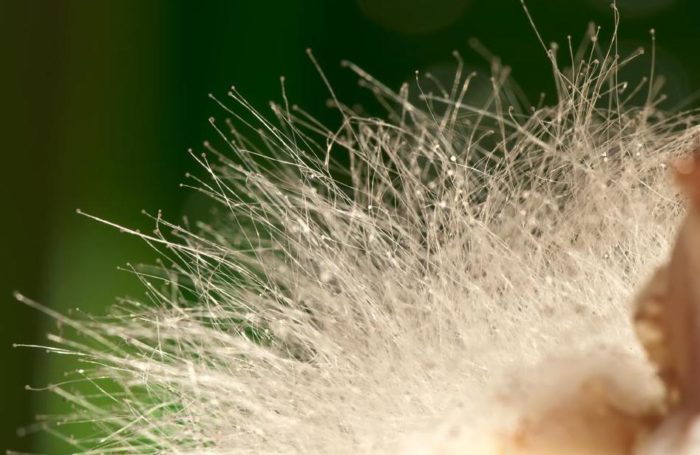
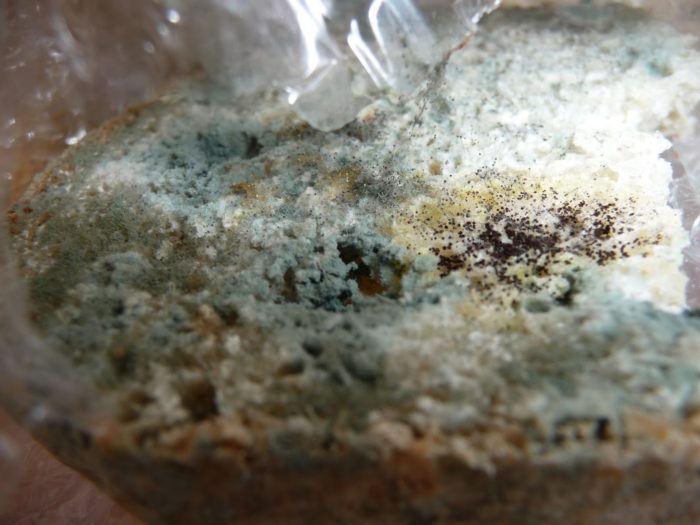
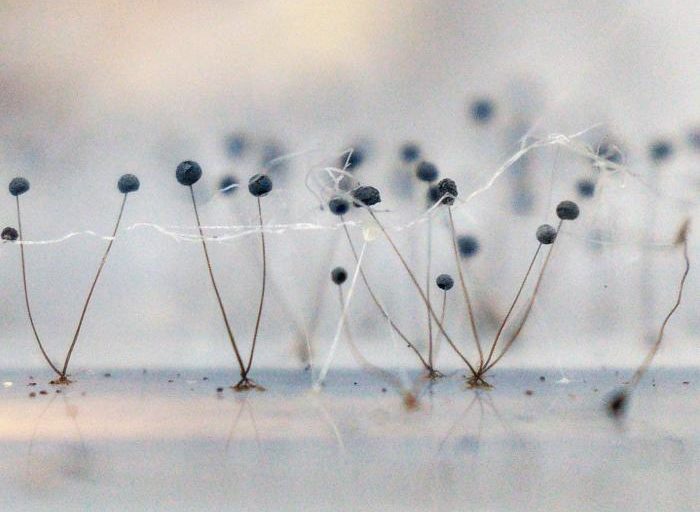
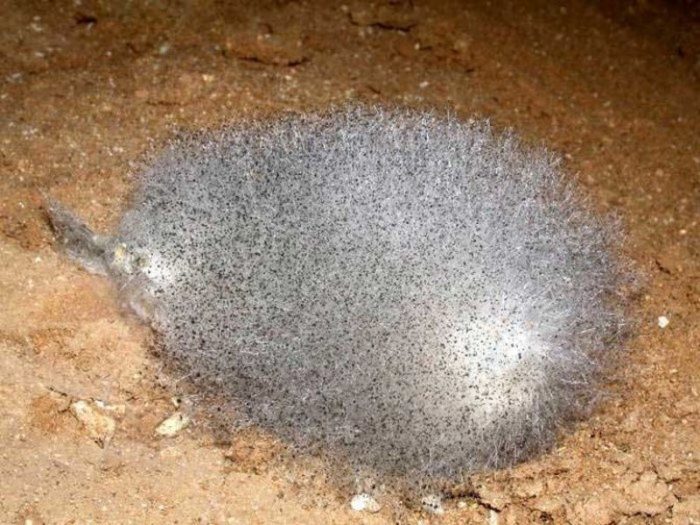




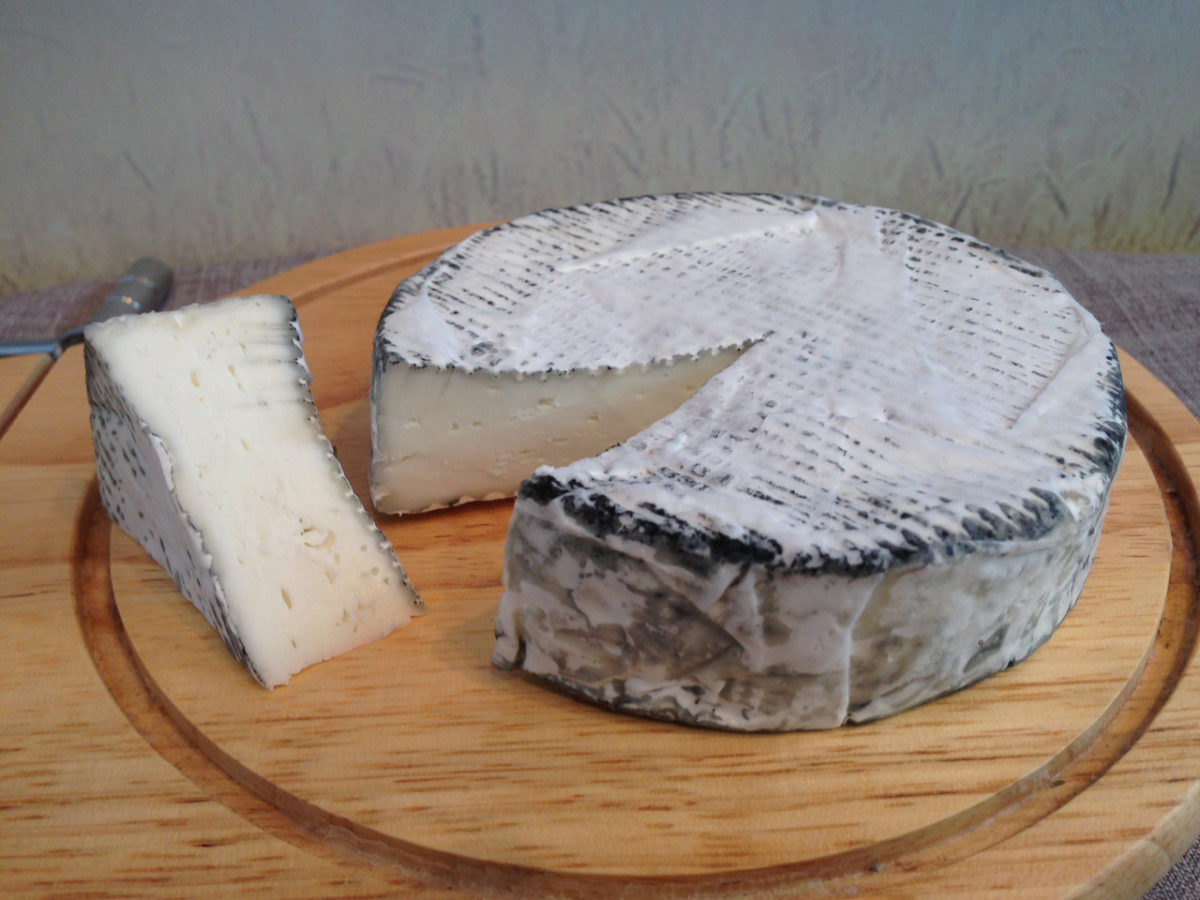
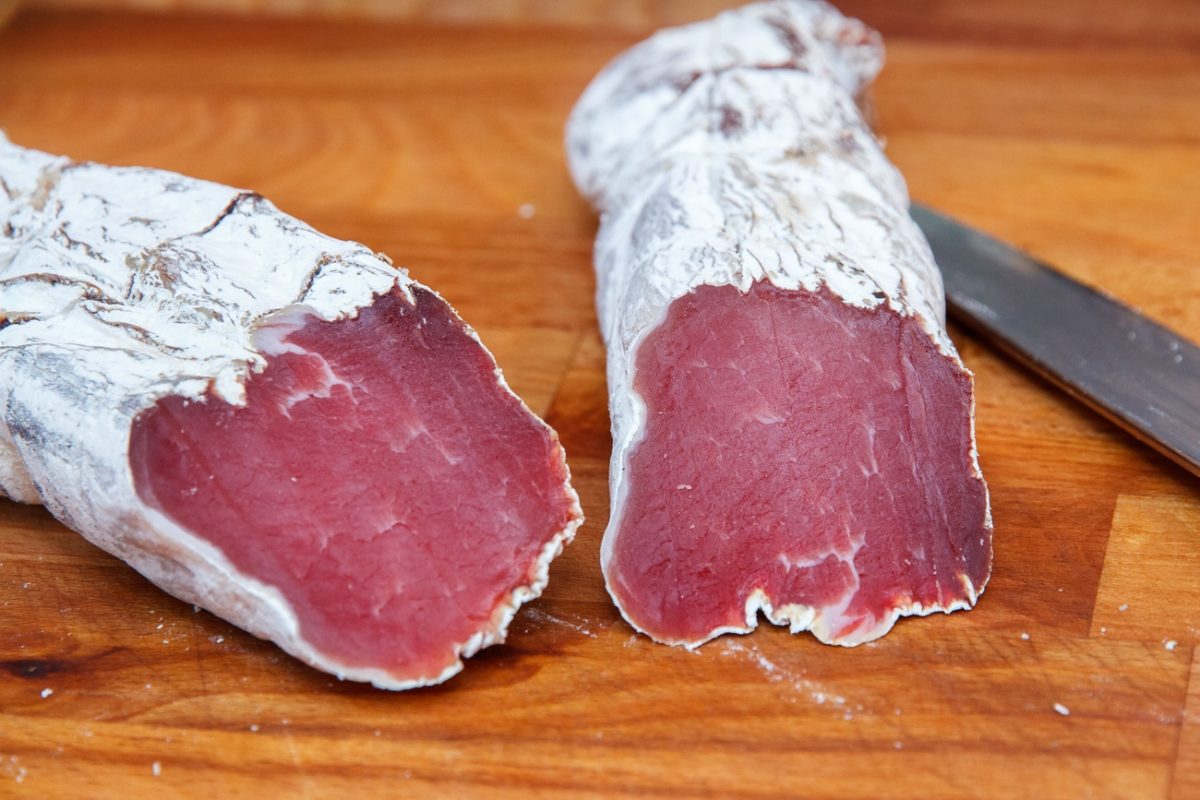
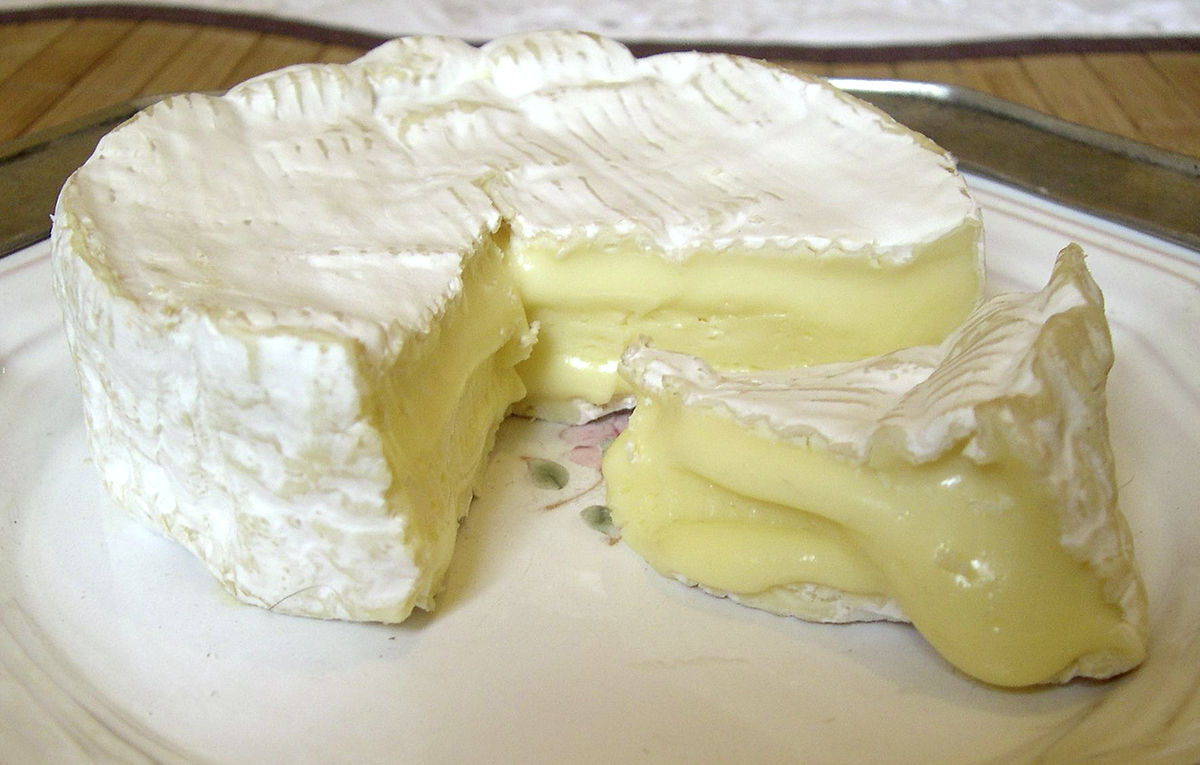
 Care and use of Kombucha at home (+22 photo)
Care and use of Kombucha at home (+22 photo) Edibility of the fungus of the motley umbrella and its description (+19 photo)
Edibility of the fungus of the motley umbrella and its description (+19 photo) Description of edible and inedible oils, their poisonous counterparts (+40 photos)
Description of edible and inedible oils, their poisonous counterparts (+40 photos) Useful properties of milk mushroom and its contraindications (+17 photos)
Useful properties of milk mushroom and its contraindications (+17 photos)
Edward
Thank! Cool article. Recently I wanted to start studying mycology and this article can be said to be the first brick in this process. Thank you